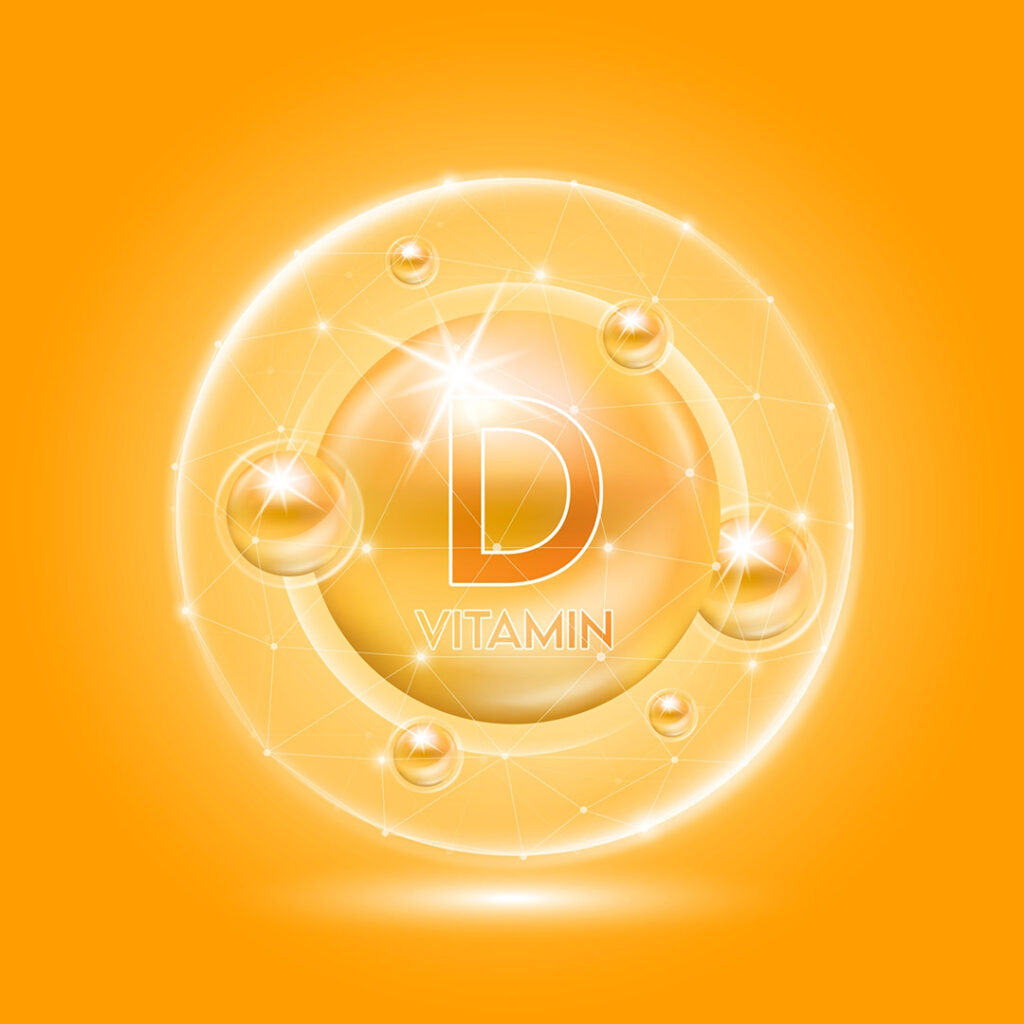Arq. Bras. Cardiol. 2024; 121(5): e20240189
Vitamin D and the Cardiovascular System
This Short Editorial is referred by the Research article "Effects of Vitamin D Supplementation on Central Hemodynamic Parameters and Autonomic Nervous System in Obese or Overweight Individuals".
Vitamin D (or calciferol) is a fat-soluble vitamin. It is a generic term and refers to a group of fat-soluble compounds with a four-ring cholesterol structure. Dermal synthesis, under the action of UV-B light on the skin, is the main natural source of this vitamin, as very few foods contain vitamin D naturally (fatty fish, such as salmon, tuna, sardines, trout, are the exception). This vitamin D, whether derived from the diet or dermal synthesis, is biologically inactive. It is presented as vitamin D3 (cholecalciferol) and vitamin D2 (ergocalciferol), which are enzymatically converted in the liver into 25(OH)D (25-hydroxyvitamin D = calcidiol), the main circulating form of vitamin D. Then, in the kidney, calcidiol is converted into calcitriol (1,25-dihydroxyvitamin D), the active form of vitamin D, which increases intestinal absorption of calcium, increases bone reabsorption and decreases renal excretion of calcium and phosphate.
The best laboratory indicator of vitamin D adequacy is the serum 25(OH)D concentration. However, there is no consensus on the ideal concentration; the National Academy of Medicine indicated that 20 ng/ml is suficiente, but most experts (Endocrine Society, National Osteoporosis Foundation, International Osteoporosis Foundation, American Geriatrics Society) suggest that a minimum level of 30ng/ml is necessary for adults.
[…]
500

